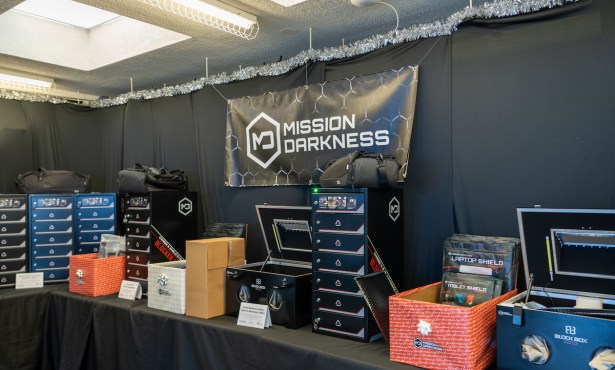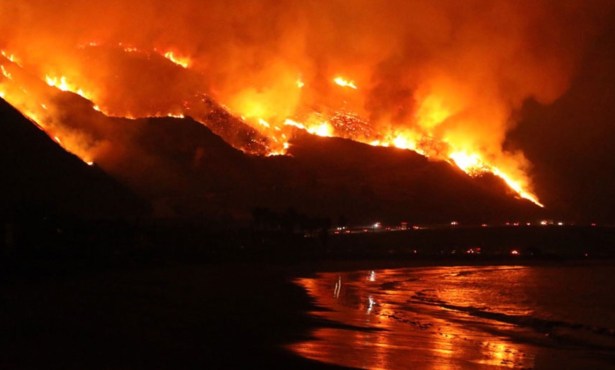UCSB Geologist Leads Mission to Antarctica
Scientists Study Tectonic Movement of Lava-Formed Rock

UCSB Associate Professor of Earth Science John Cottle and three graduate students have made their way to the icy Antarctic frontier in hopes of finding more information about the effects of subduction on the deepest portions of the Earth’s crust, and what causes the phenomenon to ultimately stop. Subduction results from tectonic movement along plate boundaries, where sideways and downward movement of the plates causes one to slip below the other; it is the primary cause of earthquakes around the world.
The six-week mission, which began last week, studies the age and composition of igneous rocks, or lava-formed rocks, at the end of their subduction cycle. What make Antarctica an ideal field for this research are the Transantarctic Mountains: home to an ancient subduction zone. The researchers will camp at various locations to gather samples of lamprophyres. Lamprophyres, or igneous rocks at the end of the subduction cycle, are characteristically rich in potassium and therefore provide the most exact insight into the processes behind continental crust sinking into the mantle.

“These enigmatic rocks are important because they represent near-primary mantle melt compositions and therefore their age, geochemistry, and petrologic evolution reveal key information about both the composition of the upper mantle and its thermal state,” Cottle said in an interview with the UCSB Current. “Of equal importance, they reveal how these key parameters vary through both space and time.” The team will bring the collected samples back to a lab to analyze their ages, temperatures at which they formed, and their compositions in hopes of understanding what factors impact changes along the subduction zone.
Enduring endless sunlight and temperatures averaging below -20 °F, Cottle and his team will move between three temporary campsites located in the Wright Valley, the Taylor Valley, and the Blue Glacier. These sites are all situated in an area known as the Dry Valleys, where igneous rocks are generally more exposed than in other explored locations. Aside from a few decided helicopter daytrips, the team will limit their exploration to a 10-mile radius around their campsites — the calculated maximum distance they can walk to and from their camp in one day.
In the UCSB Current , Cottle explained the study’s two potential outcomes: “One is that if we look at the rocks all the way across this almost 2,500-mile stretch, they’re all going to be the same age. If that is the case, then they all formed at approximately the same time, which means that everything happened at the same time all the way along that margin.”
The second and more likely outcome is that the rocks become progressively younger in one direction. Cottle told the Current , “instead of the whole thing falling off at once, it looks like the downgoing plate opens like a zipper. That not only tells us about the directionality of the process but also how long it takes for that that kind of process to occur.” Cottle and his team will be sharing their progress on Twitter and on their website.



